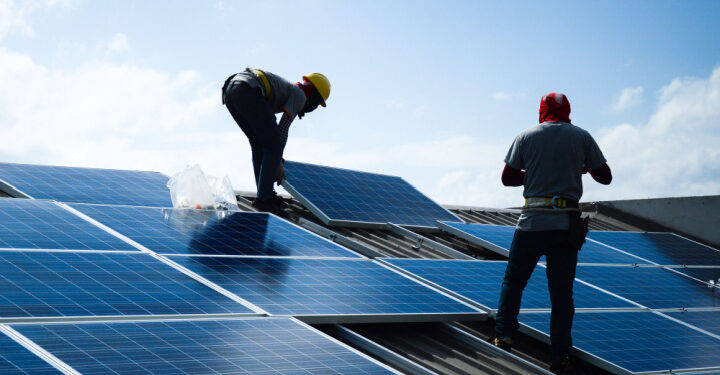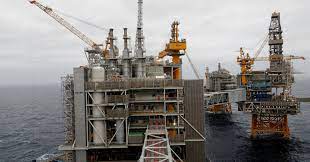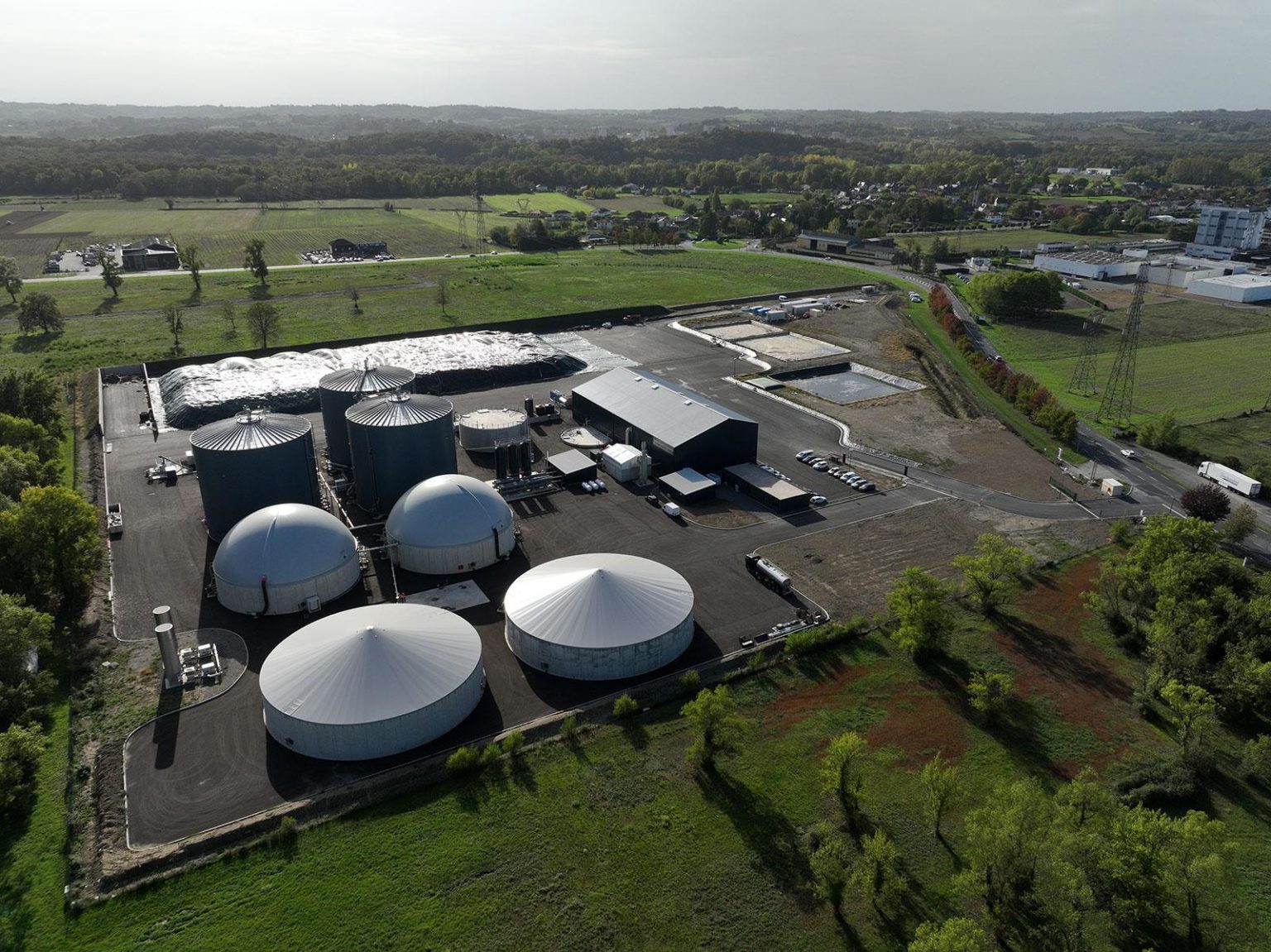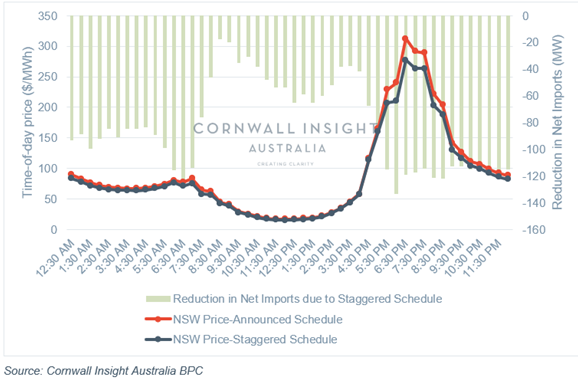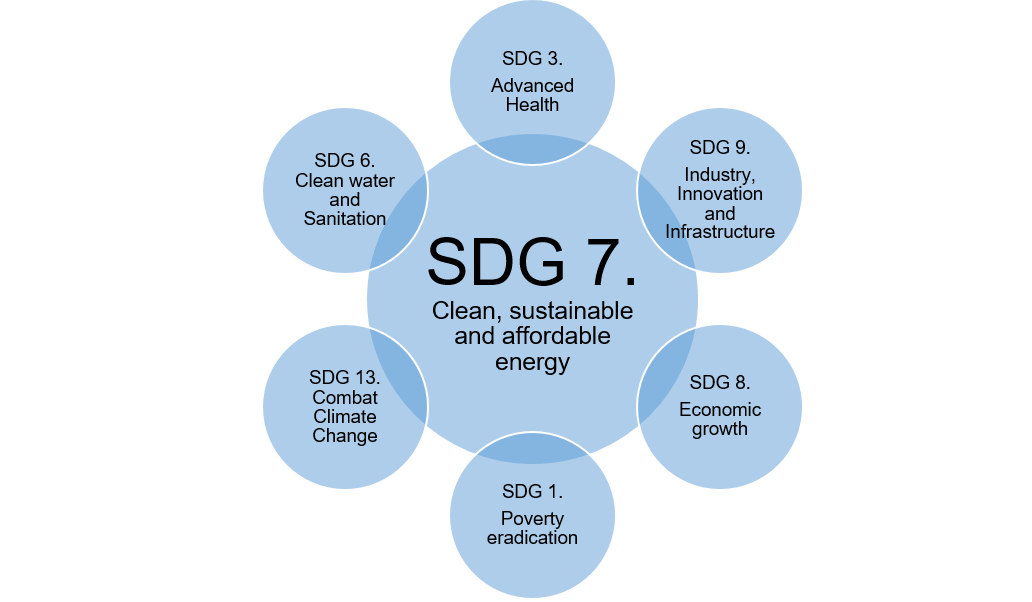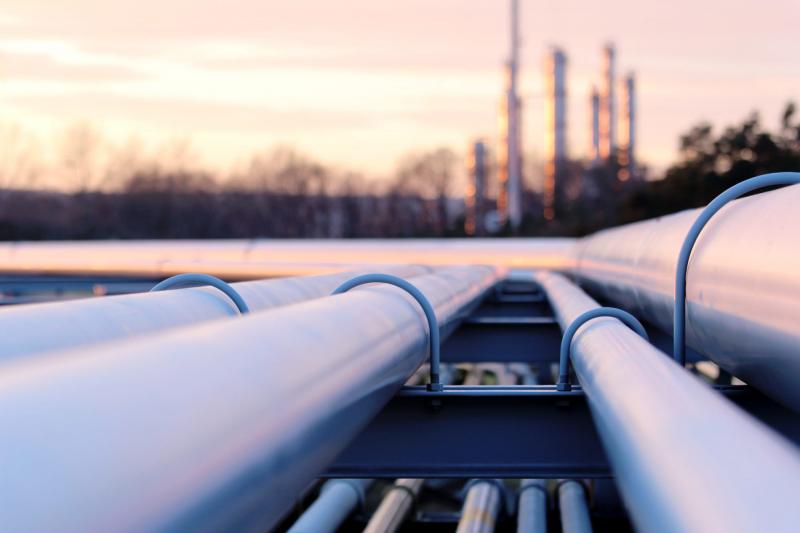That’s according to a new report by the energy research and consultancy group Wood Mackenzie, which predicts the installations will reach 115GW in 2020.
“The most severe of lockdowns have ended in almost all countries, with construction on PV sites able to continue as planned, albeit with many projects facing delays caused by disruption earlier in 2020,” said Wood Mackenzie’s head of solar, Ravi Manghani.
“Year-over-year growth in installations will continue each year to 2025, topping out at 145 GWdc. The one exception will be 2024 when the US market will slow following the final stepdown in the ITC schedule.”
In Asia, the Chinese market is continuing its robust recovery and is expected to reach 39GW of installations by the end of 2020. Of this total, 27GW will be installed in the second half of the year.
The pipelines for both subsidy-free and auctioned projects have ballooned in 2020, and the Chinese market will grow by 30% year-on-year despite short-term supply chain disruption delaying module procurement for some developers.
In India, social distancing measures are likely to slow installation activity for the rest of the year and without policy enforcement, India’s 100GW solar target is unlikely to be met.
India is expected to reach just 4.9GW in installations in 2020, down 42% on 2019 and the lowest level since 2016.
Wood Mackenzie predicts the European Union’s renewables portfolio to rise to 65% by 2030 from 38% in 2020, owing to the bloc’s 55% decarbonisation target by 2030.
Germany is expected to install 4.5GW of solar PV capacity in 2020.
In the US, utility-scale timelines have been largely unchanged due to the pandemic, although persistent shelter-in-place orders have driven a 23% drop in residential installations QoQ and a 19% QoQ drop in non-residential installations.
However, even in the distributed segments, installers have largely managed to overcome delays using virtual sales and permitting platforms.
Nevertheless, Wood Mackenzie expects the market to continue to grow this year as projects come online despite economic and lockdown-related setbacks.
Increasing project pipelines in Brazil and Chile will be the region’s main growth driver, as political and regulatory uncertainty threatens the Mexican market’s potential.
In the Middle East, the regional storyline remains focused on fierce tariff competition and top-down utility-scale procurements. In Africa, emerging markets are beginning to shorten project development cycles and reduce pipeline attrition.
Across the MEA region as a whole, Wood Mackenzie has tracked over 1GW of commercial and industrial projects in the pipeline.
